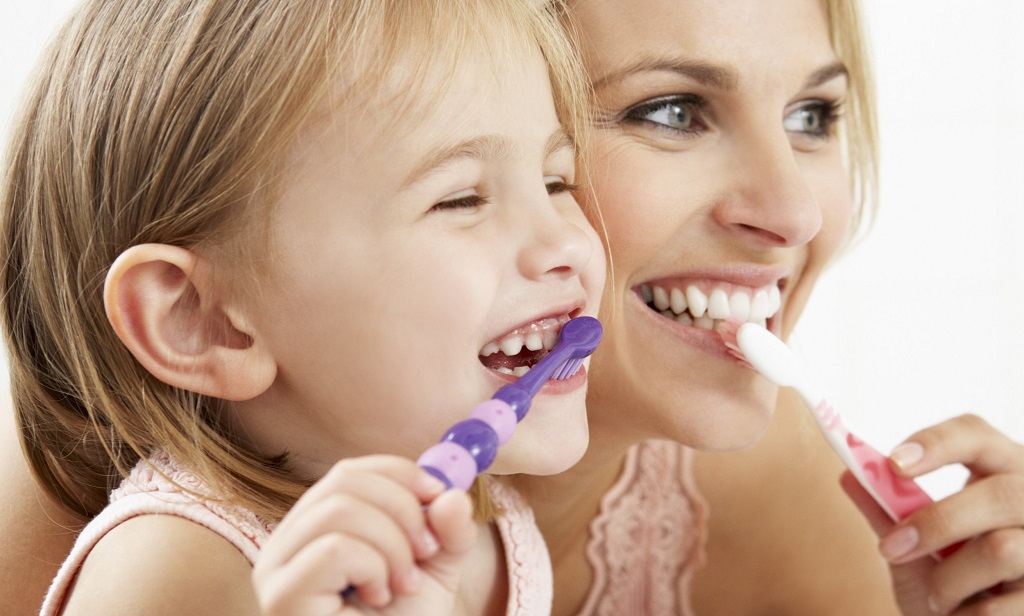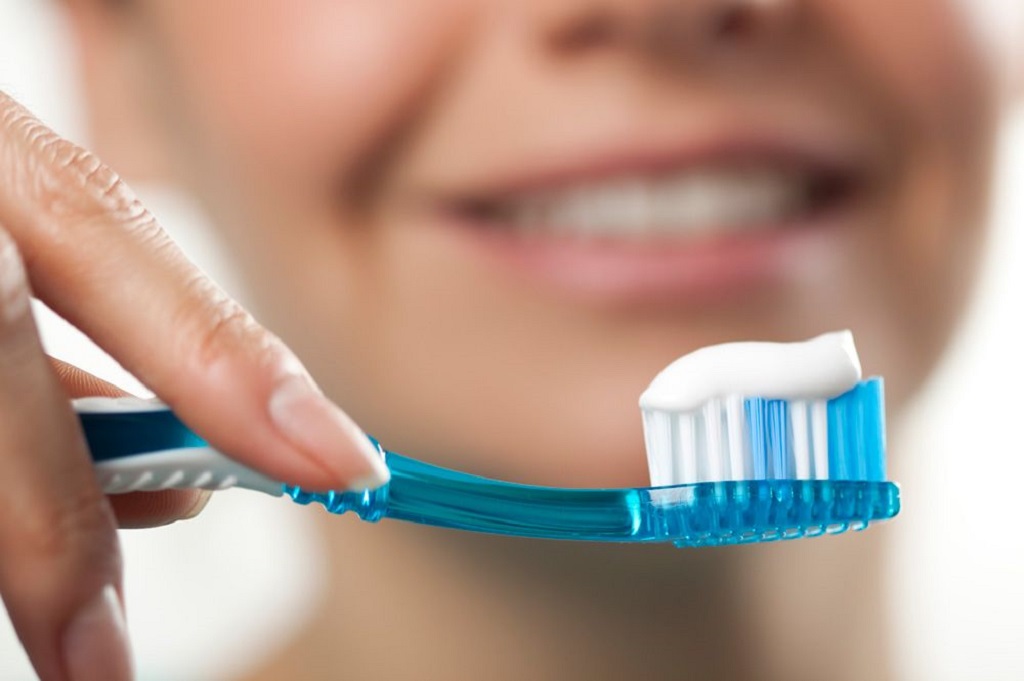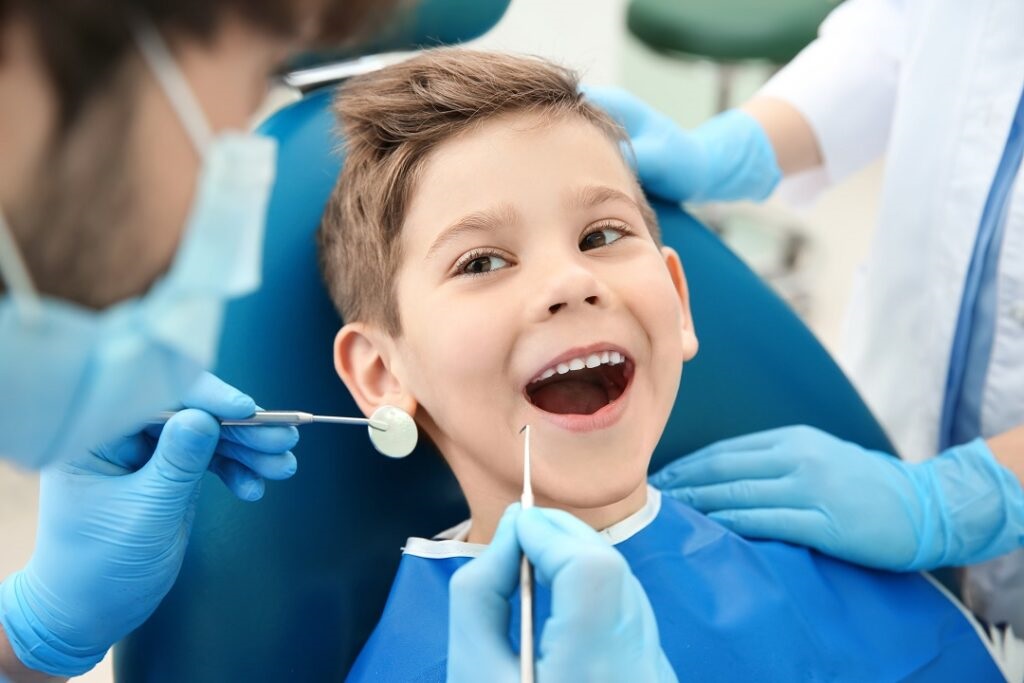
23 Sep Does Kids’ Toothpaste Differ from Adults’ Toothpaste?
When it comes to oral care, toothpaste is a crucial element in maintaining good dental hygiene. However, with the wide array of toothpaste options available in the market, it’s not surprising that many parents wonder if there is a significant difference between toothpaste designed for kids and toothpaste meant for adults. In this article, we will dive deep into this topic to help you understand whether kids’ toothpaste differs from adults’ toothpaste and why it matters for the overall oral health of your children.
The Basics: What’s in Toothpaste?
Before we explore the differences between kids’ and adults’ toothpaste, let’s first understand the basic components that make up toothpaste:
1. Abrasives
Non gel toothpaste that contains abrasives like calcium carbonate and hydrated silica can be very effective in removing plaque and stains from the teeth. These ingredients work by gently scrubbing away the buildup on the surface of the teeth, leaving them looking brighter and feeling cleaner.
2. Fluoride
Fluoride is a key ingredient in toothpaste that strengthens enamel and helps prevent tooth decay.
3. Flavoring Agents
Flavoring agents are added to toothpaste to make it more palatable. They can vary in taste, with mint being a common choice.
4. Sweeteners
Sweeteners like saccharin are sometimes added to enhance the taste of toothpaste.
5. Surfactants
Surfactants create foam and help distribute toothpaste evenly in the mouth. Sodium lauryl sulfate is a common surfactant.
Now that we’ve covered the basics, let’s explore the differences between kids’ and adults’ toothpaste.
Kids’ Toothpaste
1. Lower Fluoride Content
One of the most significant differences between kids’ and adults’ toothpaste is the fluoride content. Kids’ toothpaste generally contains a lower amount of fluoride compared to adult toothpaste. This is because young children may swallow toothpaste, and excessive fluoride ingestion can lead to fluorosis, a condition that affects tooth enamel.
2. Fun Flavors and Colors
Kids’ toothpaste often comes in a variety of fun flavors and bright colors. These appealing features can make brushing more enjoyable for children and encourage them to develop good oral hygiene habits from an early age. Discover How to prevent bite problem in children.
3. Gentle Abrasives
To prevent any potential harm to developing teeth, kids’ toothpaste usually contains gentler abrasives. These abrasives are effective in cleaning teeth without being too abrasive on enamel.
Adults’ Toothpaste
1. Higher Fluoride Content
Adult toothpaste typically contains a higher concentration of fluoride. This is because adults are less likely to swallow toothpaste, and the higher fluoride content helps protect their teeth from decay and cavities.
2. Traditional Minty Flavors
Adults’ toothpaste often features traditional minty flavors that provide a refreshing sensation during brushing.
3. Stronger Abrasives
Adult toothpaste may contain stronger abrasives to remove tougher stains and plaque buildup. These abrasives are safe for mature enamel but may not be suitable for children’s developing teeth.
Why It Matters
Understanding the differences between kids’ and adults’ toothpaste is important for several reasons:
1. Age-Appropriate Oral Care
Using the right toothpaste for your age group ensures that you get the necessary level of fluoride without risking overexposure or underexposure.
2. Developing Good Habits
Kids’ toothpaste with appealing flavors and colors can make brushing enjoyable for children, helping them establish a lifelong habit of good oral hygiene.
3. Preventing Dental Issues
Adults’ toothpaste with higher fluoride content and stronger abrasives helps protect mature teeth from decay and staining.
In summary, the difference between kids’ and adults’ toothpaste lies primarily in their fluoride content, flavors, colors, and abrasives. It’s essential to choose the right toothpaste for your age group to ensure optimal oral health. Encourage your children to embrace tooth brushing by selecting a toothpaste that appeals to them, and for adults, prioritize toothpaste that provides the necessary protection for mature teeth.
Frequently Asked Questions (FAQs)
Is it safe for kids to use adults’ toothpaste?
While it’s generally safe for older children to use adults’ toothpaste, it’s advisable to consult with a dentist to determine the best option for your child’s specific needs.
Can adults use kids’ toothpaste if they prefer the flavors?
Yes, adults can use kids’ toothpaste if they prefer the flavors, but they should be aware of the lower fluoride content and consider other sources of fluoride.
Are there any natural toothpaste options for kids and adults?
Yes, there are natural toothpaste options available for both kids and adults, which can be a good choice for those seeking fluoride-free alternatives.
How much toothpaste should children use?
For children under 3 years old, a smear of toothpaste the size of a grain of rice is recommended, while children aged 3-6 can use a pea-sized amount.
What can I do if my child dislikes brushing their teeth? If your child dislikes brushing, try different toothpaste flavors, make brushing a fun activity, and lead by example by maintaining your own oral hygiene routine.
